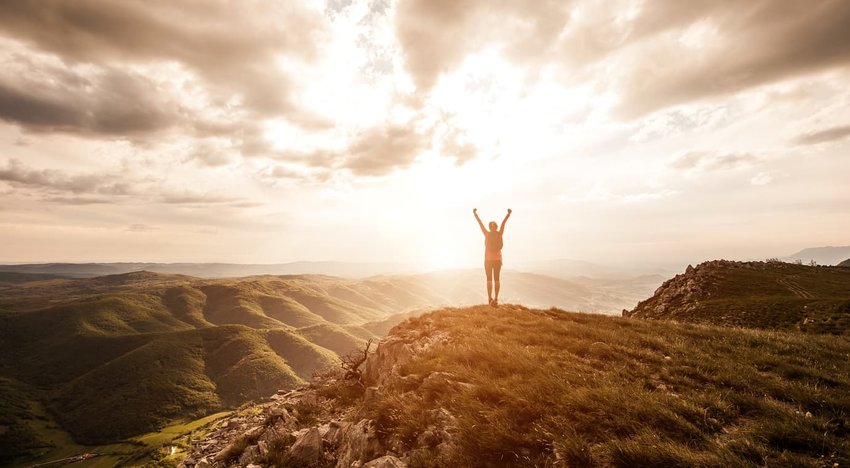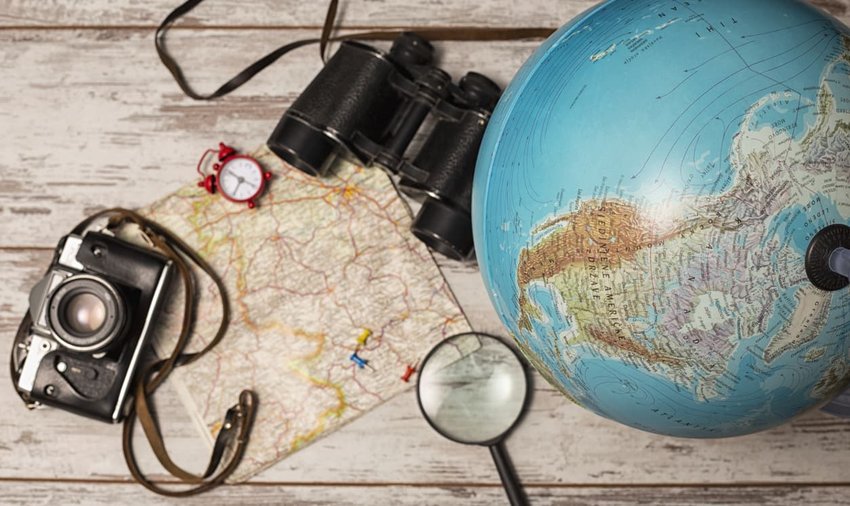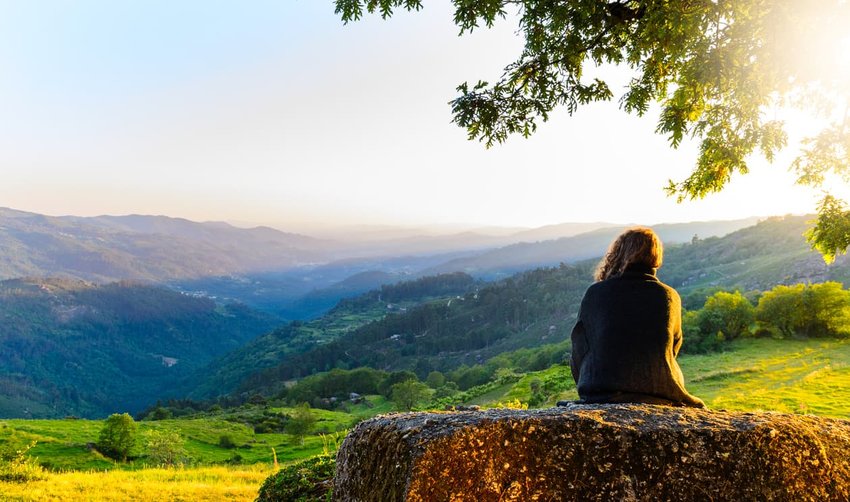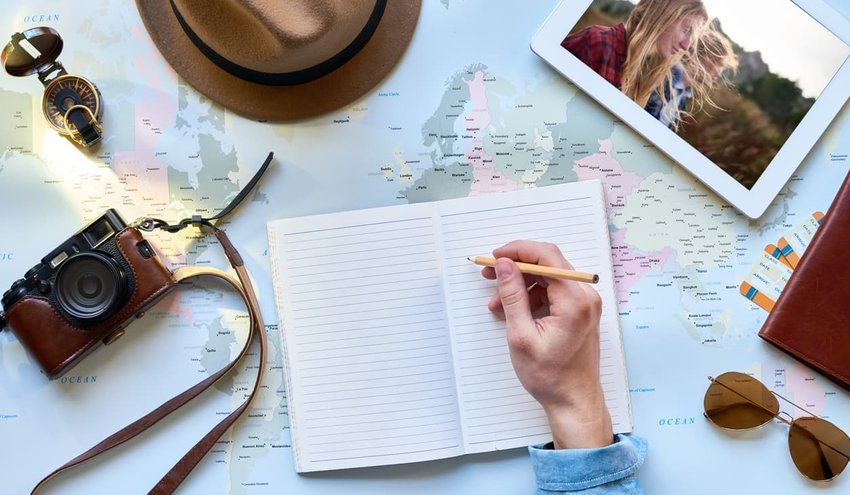Overwhelmed, anxious, or thrilled to no end, embarking on a first foreign adventure can evoke all of those feelings. But like trying anything for the first time, we are bound to blunder. Mastering the art of travel is no different and requires a series of trial and error. For new travelers seeking to minimize mistakes, these are the lessons I wish I knew before leaving home for the first time.
Travel With a Purpose

Wandering the cobblestone streets along the canals of Bruges, I wondered what my purpose was in the city. It was a place where I knew nobody, and for the first time, was not traveling to reunite with friends or participate in a volunteer project. Admittedly, without a soul to report to, I lacked a sense of belonging and felt lost in the quaint Belgian town.
You don’t exactly have to build a school or volunteer on a farm to add purpose to your travels. Setting goals for yourself also adds meaning to your journey. Instead of aimlessly wandering, aspire to master photography, acquire a new language, or learn to cook a local dish in order to connect with the culture. Set a few goals so you come out of your travels with a sense of achievement.
It’s Okay to Travel Without an Itinerary

I asked in bewilderment what a fellow volunteer from Australia meant when she revealed she didn’t have a return ticket home. She explained that after our 8-week teaching stint in the village of Padampokhari in Nepal, she would explore the remainder of the country by conquering the base camp of Annapurna, bungy jumping in Kathmandu, and from there connecting her spiritual self to Buddhism on an expedition to Bhutan. When asked if I wanted to join, I had no choice but to decline. As my first solo journey abroad, I had already secured all of my transfers and accommodation before arriving in Nepal, forgetting to leave room for spontaneity and the possibility of plans to present themselves.
Allow for flexibility in your itinerary, so you can extend your stay in a city you grow to love, or pack your bags and depart for the next destination when you decide this one isn’t for you. Along the way, you’ll meet others who will recommend places to go and things to see, enticing you to stay on the road for just a little longer. Make plans but don’t feel pressured to stick to them.
It’s Not About the Checklist

In a race against time to cross a series of rugged trails, pristine lakes and natural geysers off my list at Grand Teton and Yellowstone National Parks, I filled my days with extended hours of driving in order to see it all. Moving from one natural gem to the next, I returned to my accommodation at the end of the night exhausted, each following day no different. When the only down time came at the end of the journey on my flight home, I knew I had taken on more than I could handle, and felt more exhausted than before I went on vacation. Reminiscing about my time in Wyoming, my favorite memories were of those early mornings spent sipping hot tea on the porch of my Airbnb, and seeing the world through the eyes of my host by indulging in conversation and vivid storytelling, and not of the attractions I visited.
Slow down and take in your surroundings at a leisurely pace to build a stronger connection to your destination, and avoid returning home feeling more exhausted than before you left. Traveling is not about crossing sights off your checklist, but about the experiences you collect.
Chronicle Your Journey

It was only reading back on my journal that I rediscovered the time I jokingly bargained with a local for a camel and a couple of chickens in exchange for my friend’s hand in marriage in the ancient souks of Morocco. The details of my entry revealed that a passerby who overheard our conversation chuckled, and our interaction with the local ended in an eruption of laughter before parting ways.
In the moment, our memory of the interaction is so vivid we believe what we’re experiencing now will forever be etched in our memories. But as our days begin to meld together, and our memories fade with time, only a record of our experiences will serve as a reminder of our thoughts, conversations and interactions we exchanged with others abroad. Chronicling a journey doesn’t have to be tedious work, and can take the form of photos, raw video footage, a collage of ticket stubs, or brief blog posts. When you feel nostalgic for a place, or yearn for a walk down memory lane, you’ll have something to look back on.